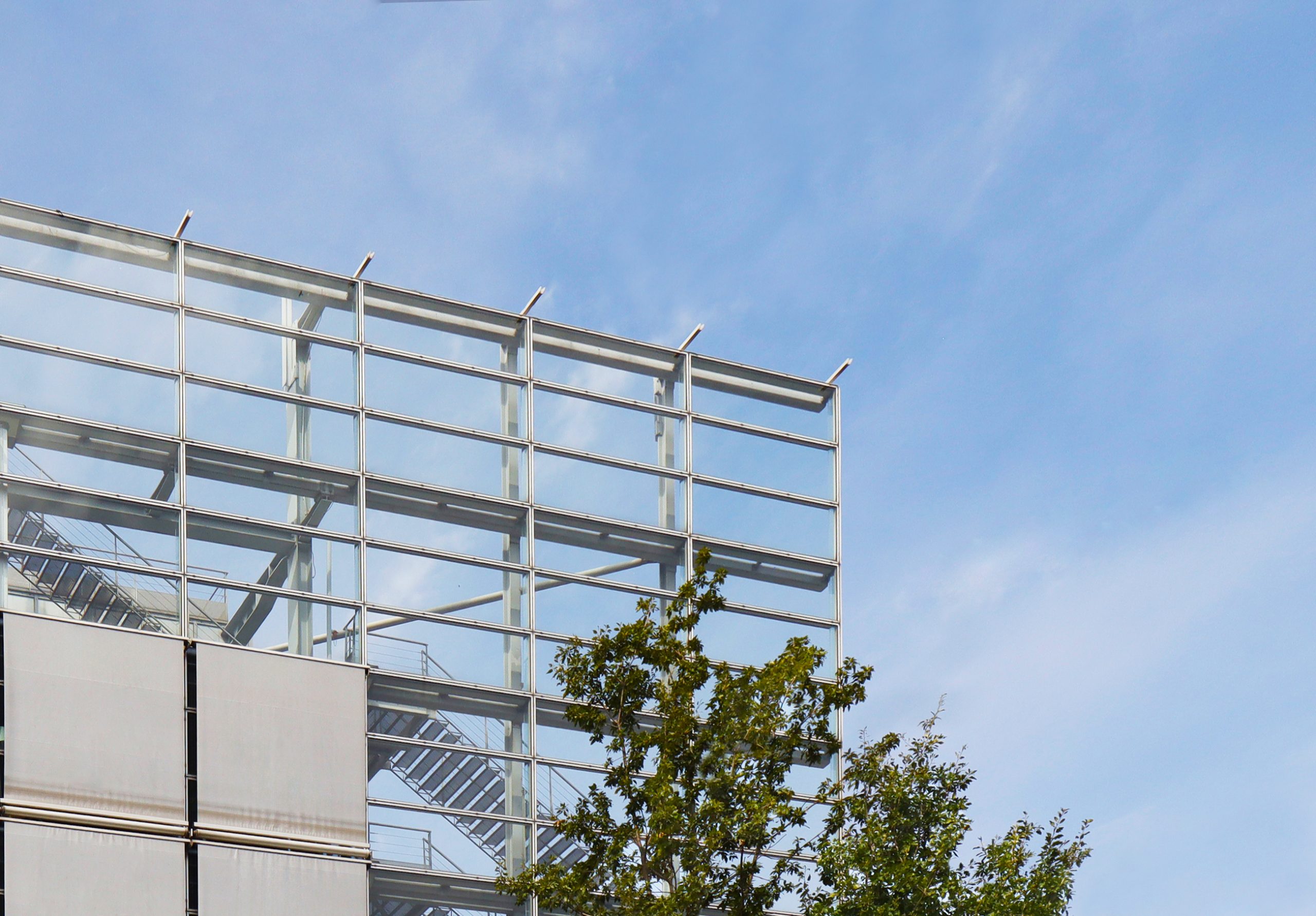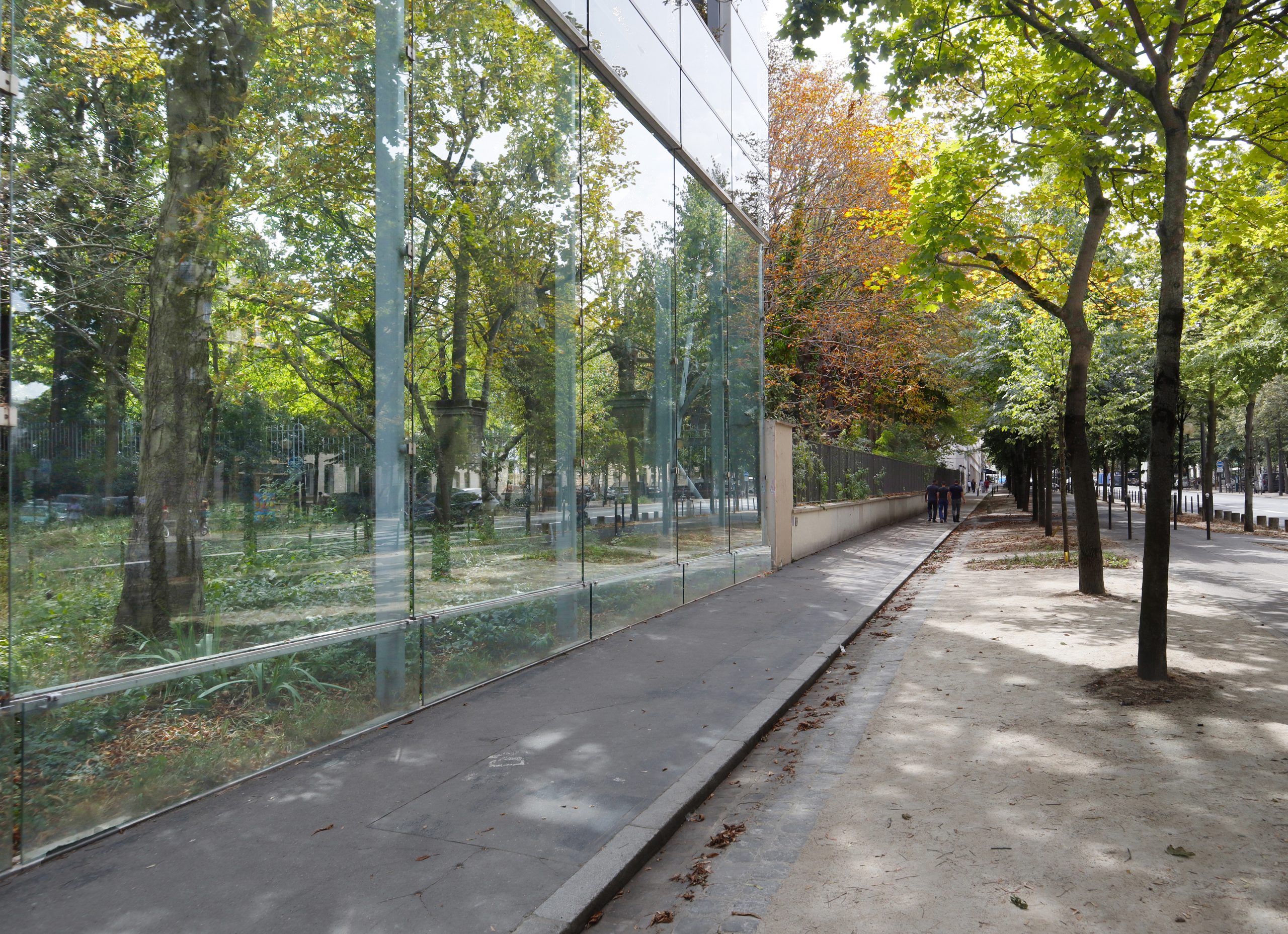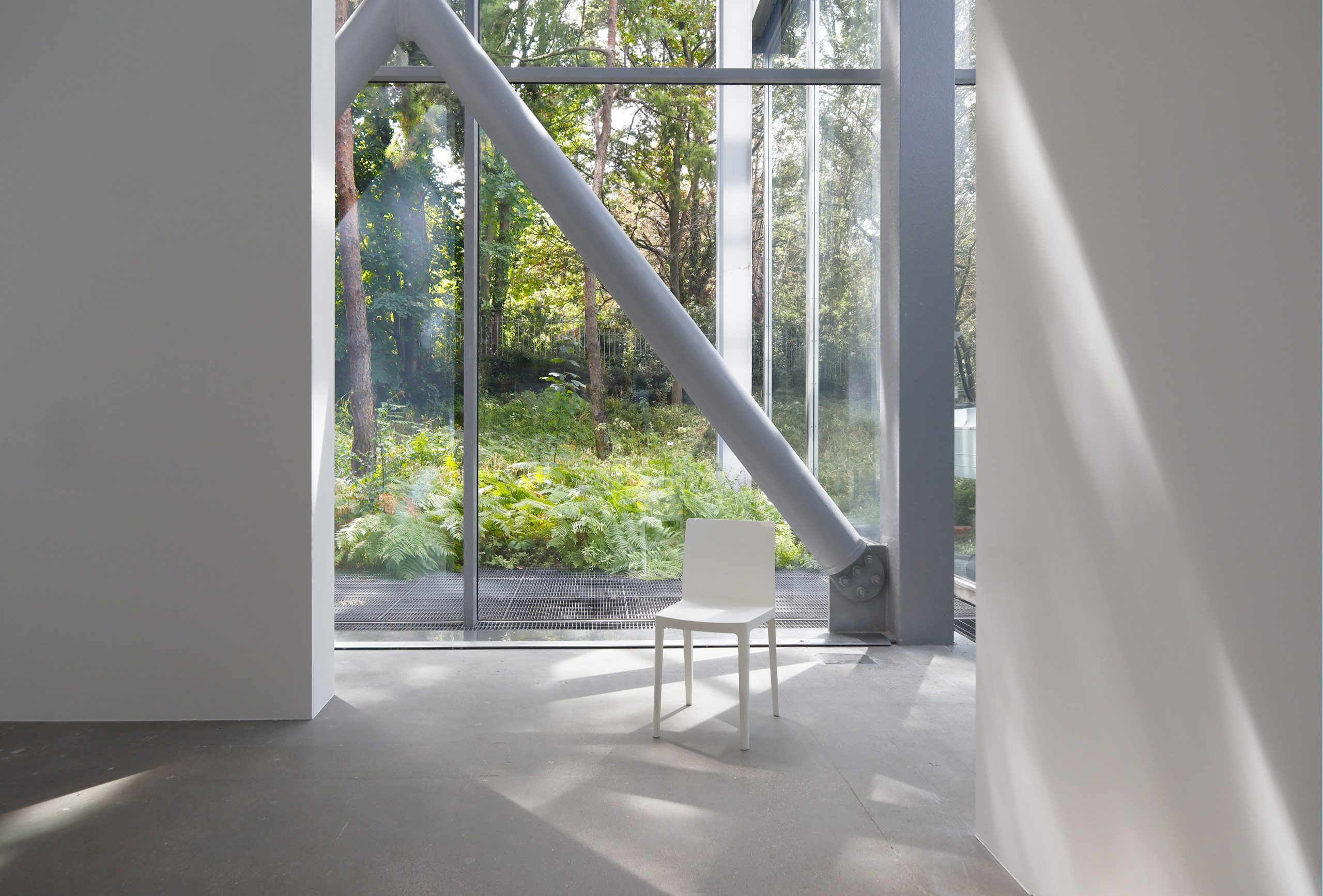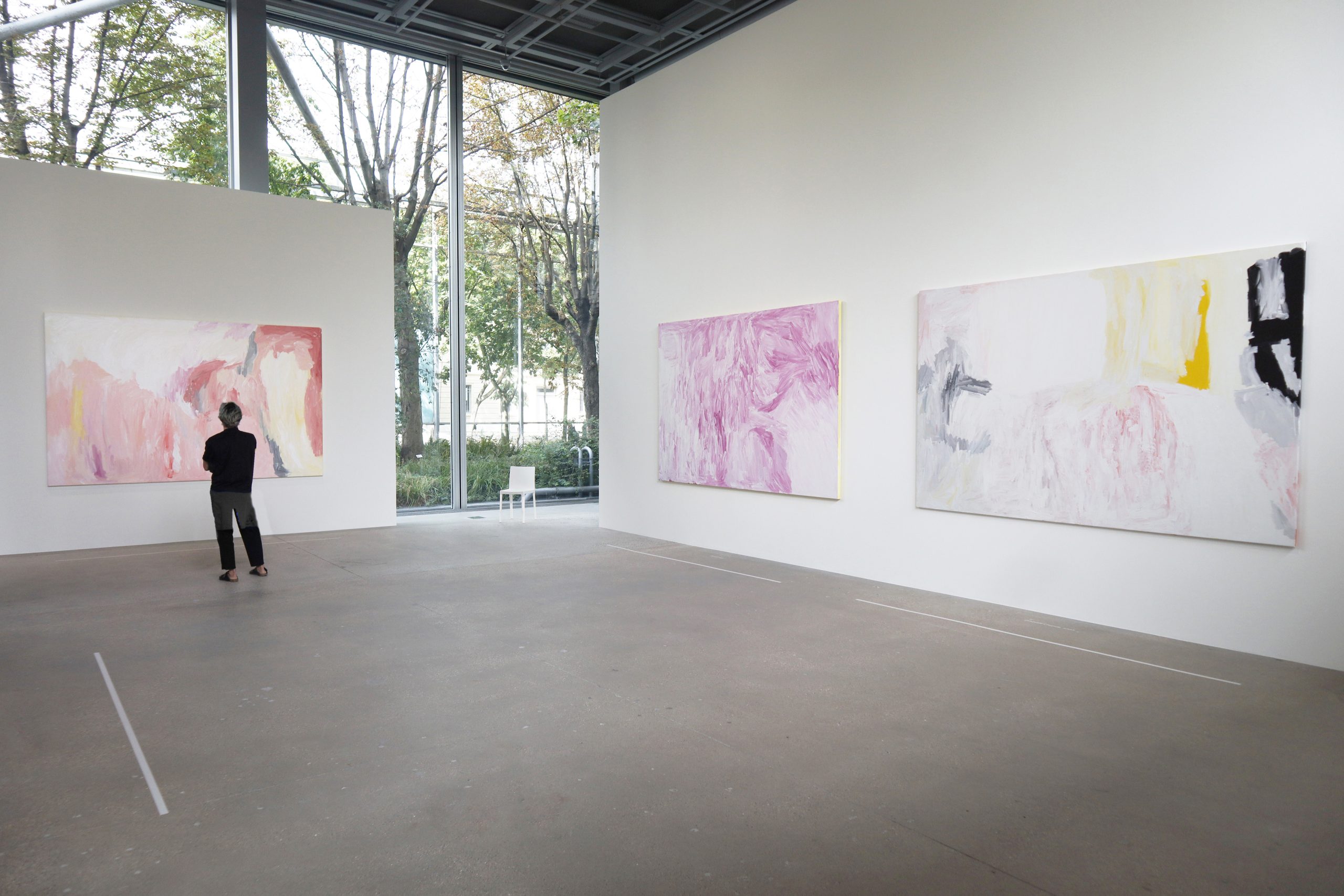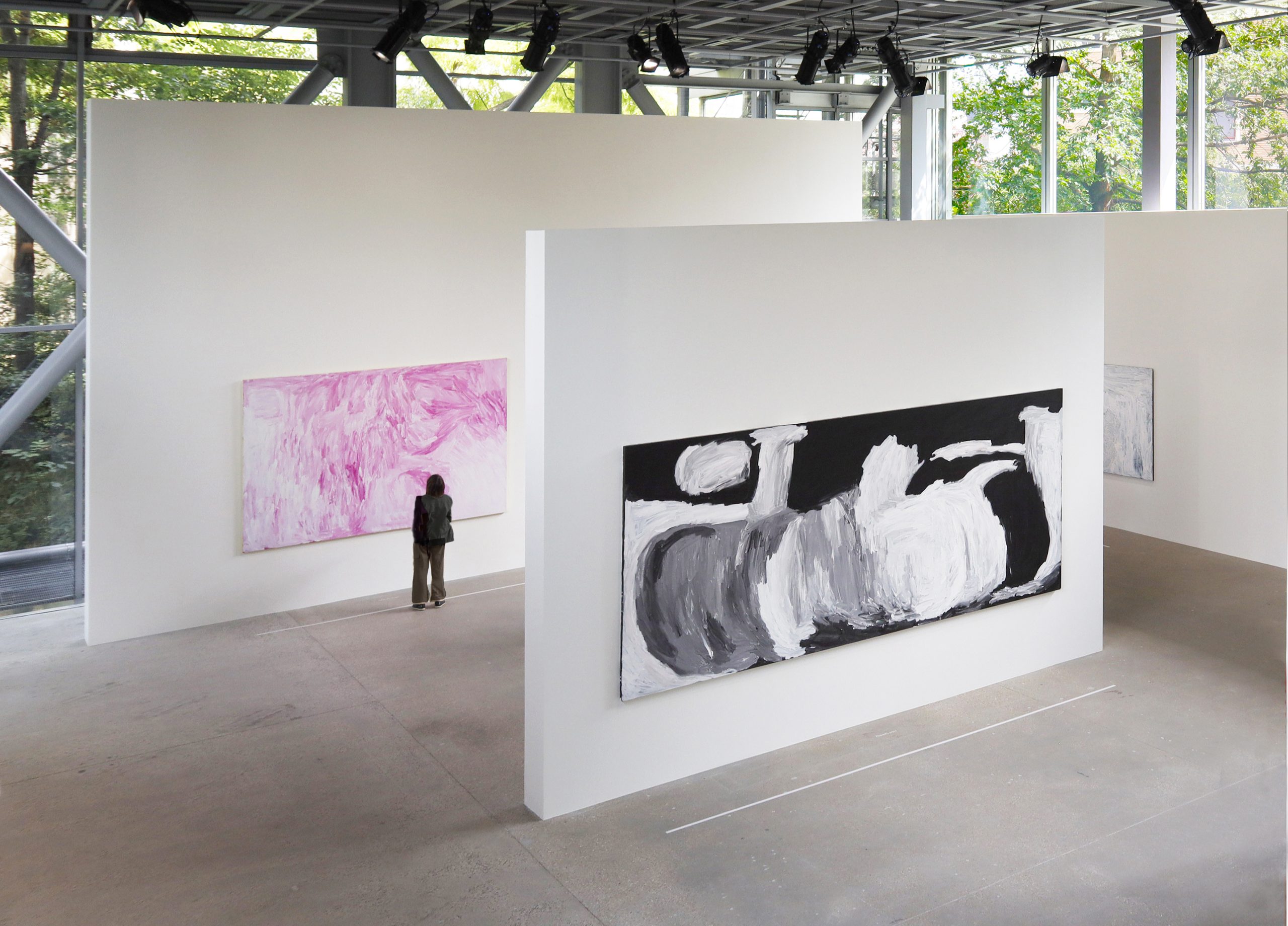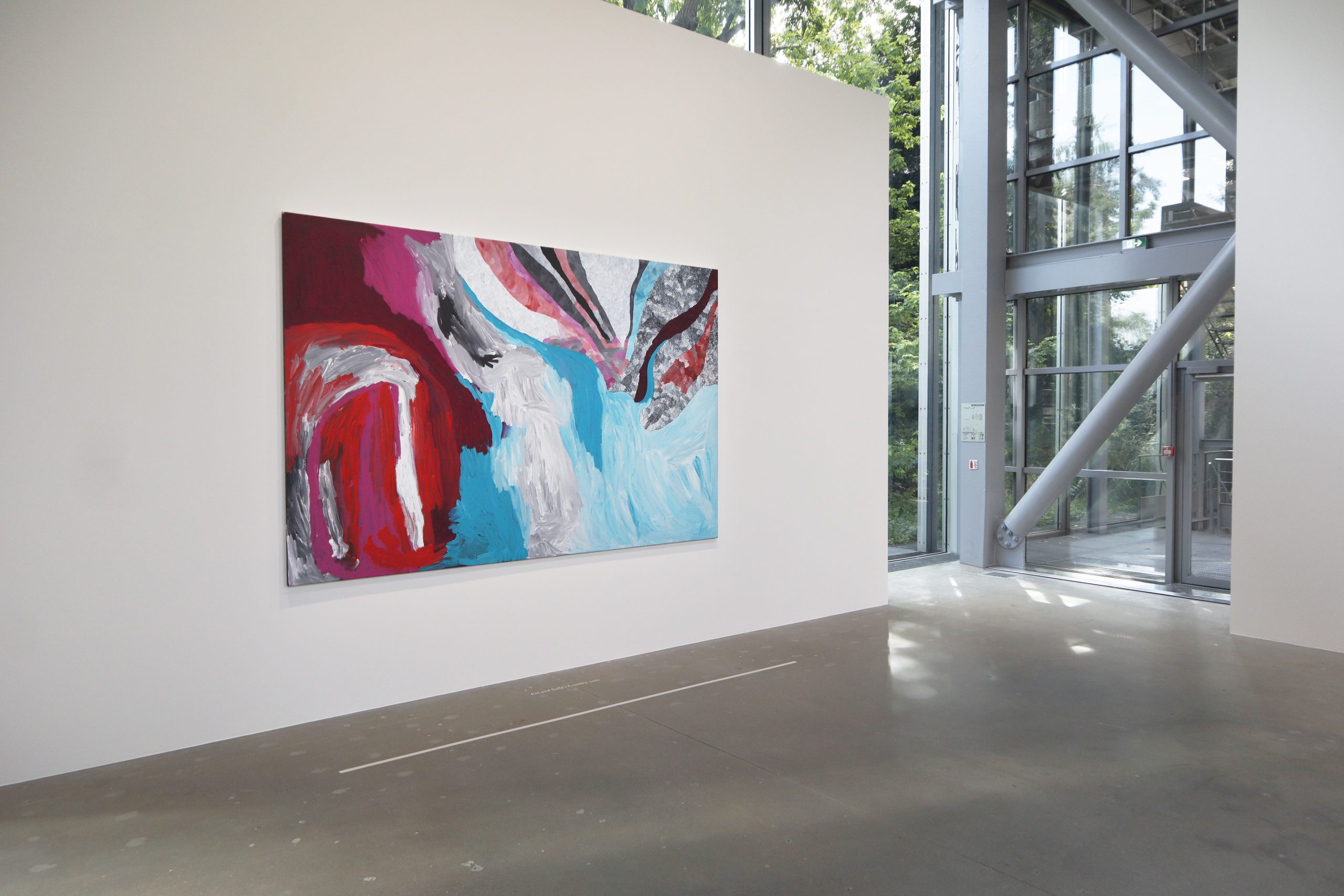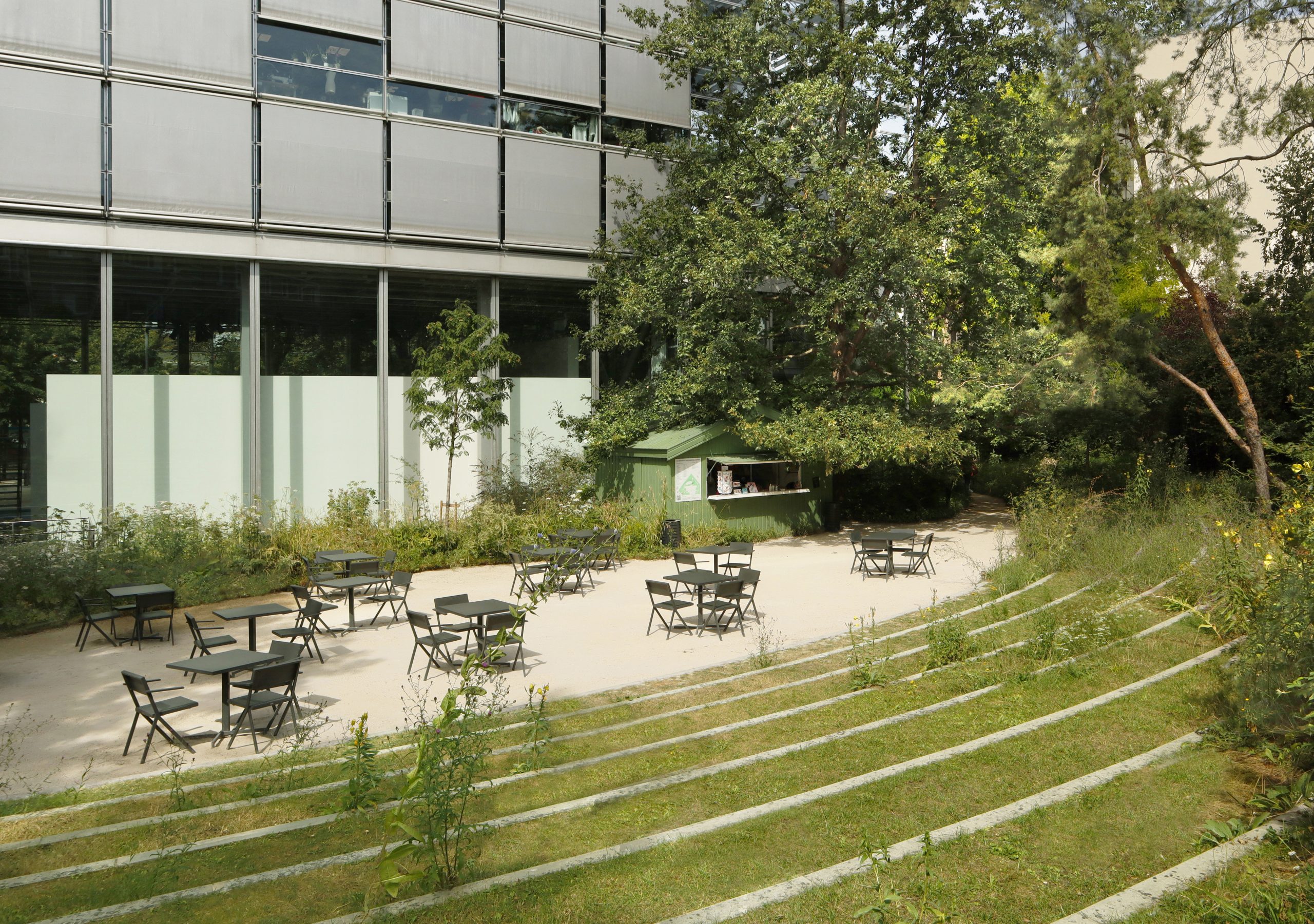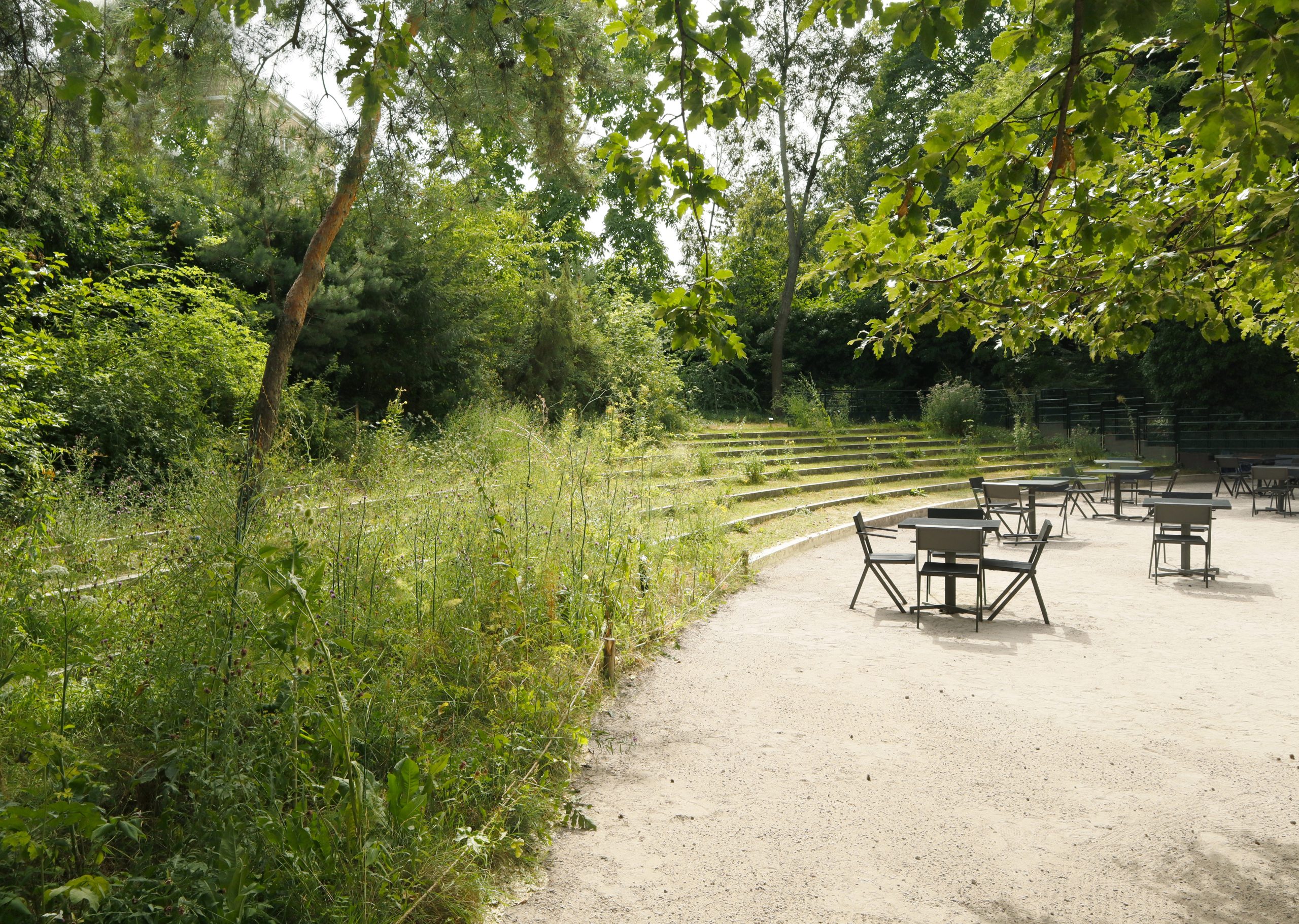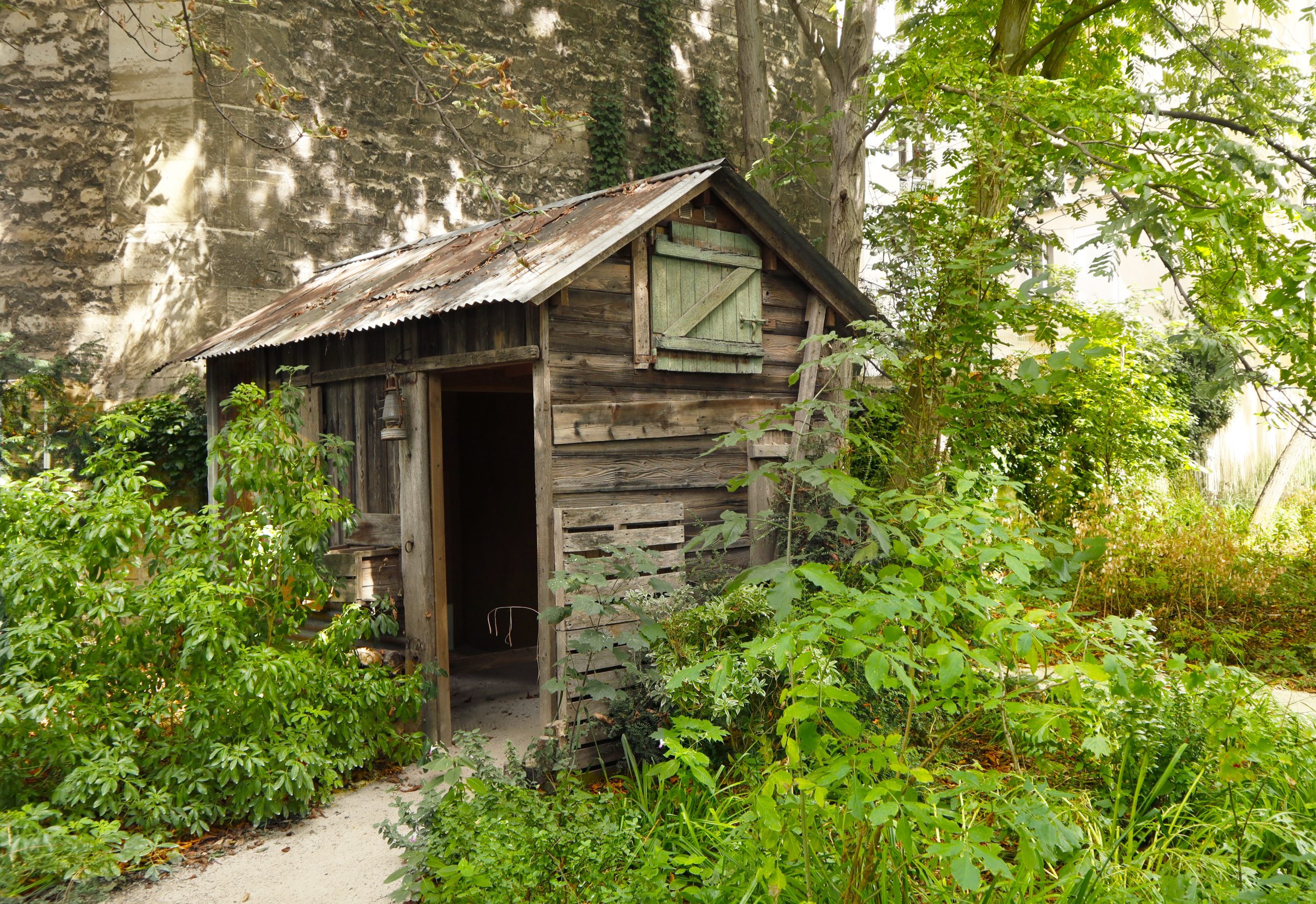There are no shortages of major cultural institutions in Paris where to view great art. There is the Louvre, the Centre Pompidou, the Musée d’Orsay, the Bourse de Commerce and many others – the only question is which one to choose for an afternoon (or full day!) of art indulgement.
In the 14th arrondissement, however, the Cartier Foundation (the Fondation Cartier pour l’art contemporain) offers the possibility of a more intimate option for that inspiring art encounter. Established in 1984, and initially located in the Paris suburb of Jouy-en-Josas, the foundation has quite a broad mission scope, focusing on contemporary art but inclusive of diverse expressive modes, mediums, formats and showcasing a pluralist range of artists, both French and international, and at varied career levels, from art world super stars to rising new local talents and everyone in between.
As interesting as the programming is, one of the foundation’s main appeals is its setting. In 1994, the foundation moved to a new site on the Left Bank of Paris, slightly off the main attractions circuit, but just a 15 min walk from the Jardin du Luxembourg. There, French architect, and Pritzker laureate, Jean Nouvel designed an exquisitely delicate structure that aims to vanish as much as enclose. The glass and steel building features an inviting play of facades that through its transparency gradually reveals the interior and the surrounding nature. In the articulate words of Nouvel himself: “It is an architecture based entirely on lightness, glass, and finely woven steel. An architecture that plays on blurring the tangible limits of the building and rendering the reading of a solid volume superfluous, in a poetics of ambiguity and evanescence.”
The resulting structure is an exercise of subtlety. Despite its 17 floors (six of them dedicated to the foundation’s offices) and 12,000 square feet of exhibition space, the building lands respectfully within the neighborhood and establishes an engaging dialogue with the gardens surrounding it.
The gardens themselves are another important element in defining the foundation’s unique sense of place. Created by the late German conceptual artist Lothar Baumgarten, whose oeuvre explored issues of ethnography and anthropology, the gardens, like the architecture, also evades facile definitions, – is it an art work, an installation or landscape design? The “Theatrum Botanicum,” the official name of the garden, is all of these. It features a rich variety of over 200 plant species native to France, of different scales and types (trees, weeds, wildflowers), arranged in a non-arranged, wild like manner resembling an organically grown environment, and with a few art pieces carefully. Enveloping the whole building, the walkable garden can be seen from the street, grounding the architecture in nature while also establishing its own universe, with its own independent raison d’être ( and dedicated website).
Now in its fortieth year, the Foundation, through its multidisciplinary programs, has worked with over 500 artists from all over the world, be it in solo or group shows, and exploring relevant contemporary themes. Its collection today counts more than 4,000 artworks by artists, architects, designers, and filmmakers, showing beyond doubt its prominence to Paris’s treasured cultural milieu.
-Paul Clemence
Featured photo: Disappearing Act: Glass and steel façade of Cartier Foundation, Paris, by architect Jean Nouvel

